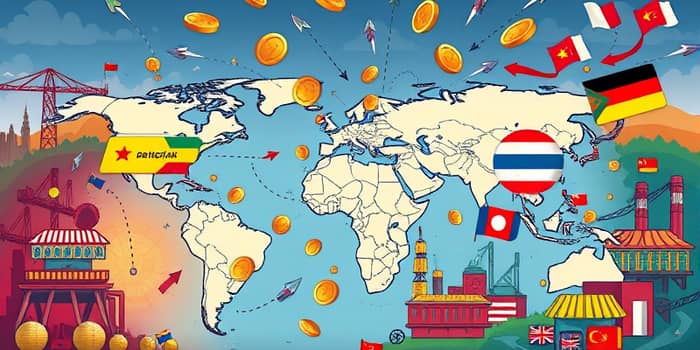Currency wars, a phenomenon where nations devalue their currencies to gain economic advantage, have become a significant aspect of global finance. This practice can lead to competitive devaluations, where countries attempt to make their exports cheaper and imports more expensive, effectively boosting domestic industries.
However, the short-term benefits of currency wars can have dire consequences in the long run, affecting economic stability worldwide.
Understanding currency wars requires examining historical precedents, motivations of countries, and the ways in which these conflicts manifest.
The intricacies of currency valuation involve not only financial markets but also political implications, making it a heated debate among economists and policymakers alike.
As the global economy continues to evolve, examining the nature of currency wars helps us grasp the complexities of international trade and finance.
Governments and central banks play pivotal roles in these conflicts, navigating through shifting economic landscapes and competition amongst trading partners.
What is a Currency War?

A currency war, or competitive devaluation, occurs when countries engage in a series of currency devaluations to gain a competitive edge in international trade.
These actions aim to make a country's exports less expensive on the global market, thus boosting sales abroad while making imports more expensive for domestic consumers. This tug-of-war often escalates, with nations trying to 'outdo' one another in reducing their currency's value.
The concept of a currency war indicates a situation where countries prioritize their economic interests to the detriment of others, leading to tensions in global trade relationships.
This tactic can lead not only to a race to the bottom regarding currency valuations but can also provoke retaliatory measures, instituting a cycle of conflict that can destabilize economies worldwide.
Ultimately, currency wars can have both short-term benefits for individual countries and long-term repercussions that lead to economic misalignment on a global scale. This complex interplay necessitates a deep dive into both historical contexts and the motivations that underpin these devaluations.
- Definition: Currency wars involve nations deliberately devaluing their currencies.
- Purpose: The main goal is to boost exports and gain competitive advantages.
- Consequences: These actions can lead to international disputes and economic instability.
Historical Context

The phenomenon of currency wars is not new; it has a rich historical context that influences current financial practices. Different economic crises have prompted nations to resort to competitive devaluation in a bid to protect their economies.
Understanding past instances provides valuable insights into how modern currency wars can unfold and their impact on global financial stability.
The Great Depression and the Gold Standard
During the Great Depression, many countries faced severe economic downturns, leading them to abandon the gold standard, which had dictated currency values.
As nations sought to stimulate their economies, they devalued their currencies to make exports cheaper. This shift away from the gold standard marked a significant departure in international monetary policies, enabling a more flexible currency approach that could respond to economic pressures.
The abandonment of the gold standard created challenges in terms of international trade relations.
Countries that devalued their currencies often faced backlash from others who struggled to compete, leading to trade tensions that exacerbated global economic woes and contributed to the protracted nature of the Depression.
The Bretton Woods System
Established post-World War II, the Bretton Woods system created a framework for international monetary relations, linking currencies to the U.S. dollar, convertible to gold.
While this system initially promoted stability, misalignments began as economies grew and evolved, leading to tensions surrounding currency valuation, ultimately culminating in the system's collapse in the early 1970s.
The end of the Bretton Woods system allowed countries to freely float their currencies, enabling them to pursue competitive devaluations much more easily.
This transition marked the beginning of an era defined by more aggressive currency management strategies among nations, setting the stage for modern currency wars.
The Plaza Accord
Signed in 1985, the Plaza Accord was an agreement among five major economies aimed at depreciating the U.S. dollar. It represented a rare instance of multilateral cooperation to counteract the effects of excessive currency strengths.
By coordinating devaluations, the signatory nations sought to stabilize their economies and promote more balanced trade. It’s an example of how such agreements can be utilized to navigate the complexities of currency valuations.
- Agreement between France, West Germany, Japan, the UK, and the USA.
- Purpose was to weaken the U.S. dollar against other currencies.
- Demonstrated coordinated international efforts to manage currency valuations.
Why Do Countries Engage in Currency Wars?
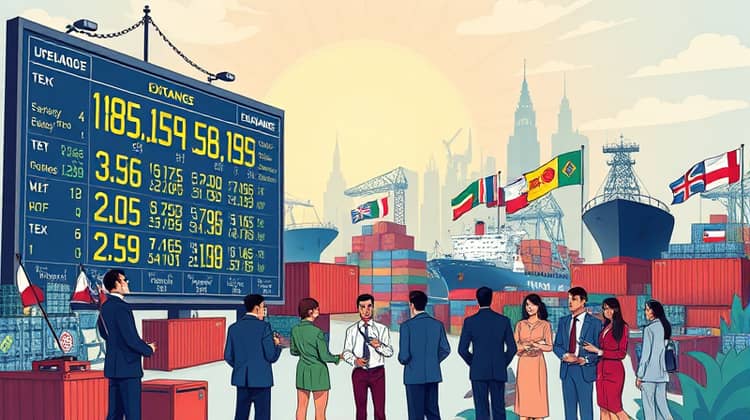
Several motivations drive nations to engage in currency wars, with the primary goal often being to enhance export competitiveness. When a country devalues its currency, its goods become less expensive for foreign buyers, boosting exports and potentially improving the economy.
In addition, currency wars can be a response to perceived threats or unfair trading practices. Countries may resort to devaluation as a measure to protect their domestic industries when they believe their rivals are manipulating their currencies for economic gain.
How Do Currency Wars Typically Unfold?

Currency wars often unfold in stages, beginning with one nation devaluing its currency to gain a competitive advantage. This move is usually met with reactions from other countries attempting to maintain their market position. Over time, this can lead to a tit-for-tat dynamic as nations progressively weaken their currencies.
- One country initiates a devaluation.
- Other nations respond with their devaluations.
- Escalation continues, leading to broader economic impacts.
- Potential for diplomatic negotiations or agreements to stabilize currencies.
The Consequences of Currency Wars
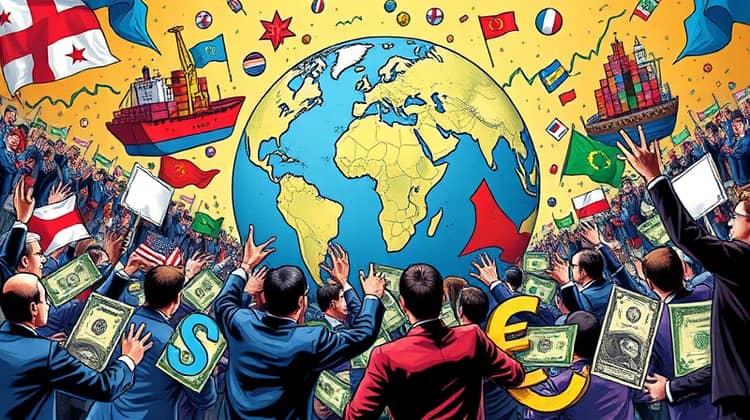
Currency wars can lead to significant repercussions not just for the countries involved but for the entire global economy. They may provoke trade tensions, impact inflation rates, and affect global trust in currencies. The sustained competitive devaluation can foster economic instability and reduce overall trade volumes, leading to greater friction between nations.
- Heightened international tension and conflict.
- Disruption of trade relationships.
- Possible inflationary pressures domestically.
Modern Examples
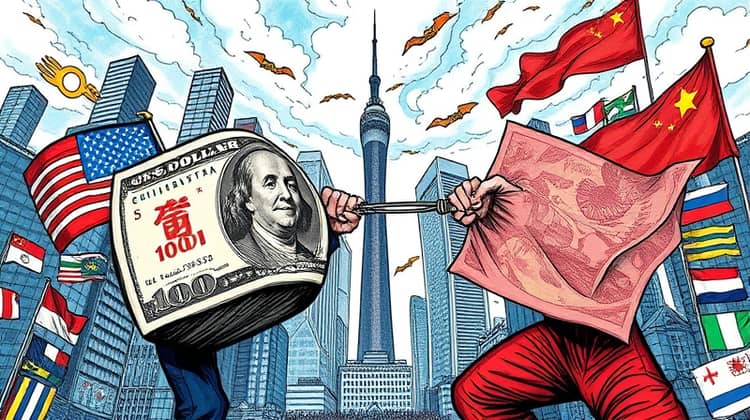
In recent years, currency wars have resurfaced as countries navigate shifting economic landscapes.
The competitive devaluations witnessed during tumultuous periods showcase how intertwined global economies have become, and modern examples highlight the delicate balance nations must maintain to avoid economic fallout.
One of the most notable examples is the U.S.-China trade war, which included elements of competitive currency devaluations, emphasizing the ways in which nations leverage currency manipulation as a tool in broader trade conflicts.
The U.S.-China Trade War
The U.S.-China trade war, which escalated significantly starting in 2018, involved a myriad of tariffs, restrictions, and accusations of currency manipulation.
The ongoing tensions brought forth concerns over the fairness of trade practices and the value of the yuan relative to the dollar.
As both nations navigated these fraught negotiations, their currencies became a focal point in the broader struggle for economic dominance.
The U.S. accused China of keeping the yuan artificially low to promote its exports, leading to a series of retaliatory measures, including tariffs on Chinese goods.
In response, China allowed the yuan to float more freely, leading to fluctuations that often appeared to be in reaction to U.S. policy moves, further complicating relations between the two economic giants.
The situation exemplifies how modern currency wars can intertwine with trade wars, making it challenging for nations to enact policies that stabilize both currency values and trade relationships.
- The U.S. imposed tariffs on Chinese imports.
- China devalued the yuan in response.
- Continued escalation of trade restrictions and retaliatory measures.
The Role of Central Banks

Central banks play a critical role in the currency valuation process, often intervening in the foreign exchange markets to stabilize their currencies or guide them towards a desired level.
By raising or lowering interest rates or engaging in quantitative easing, central banks can effectively influence their domestic currencies' strength, either intentionally or as a reaction to economic conditions.
In the context of currency wars, central banks become instruments of national policy aimed at maintaining competitive advantage.
However, their actions can also provoke international scrutiny and potential backlash from other nations, highlighting the delicate balance central banks must strike in their interventions.
- Central banks influence currency strength through interest rates.
- Intervention in foreign exchange markets to stabilize currencies.
- Economic conditions can prompt unexpected currency shifts.
As central banks engage in these strategies, they must also consider the potential ramifications on international relations and trade dynamics.
Effective communication with stakeholders and the global financial community becomes essential in managing perceptions around currency manipulation and maintaining economic stability. Despite their autonomy, central banks must navigate a complex landscape of domestic and international pressures while executing their policies.
Currency Wars vs. Trade Wars
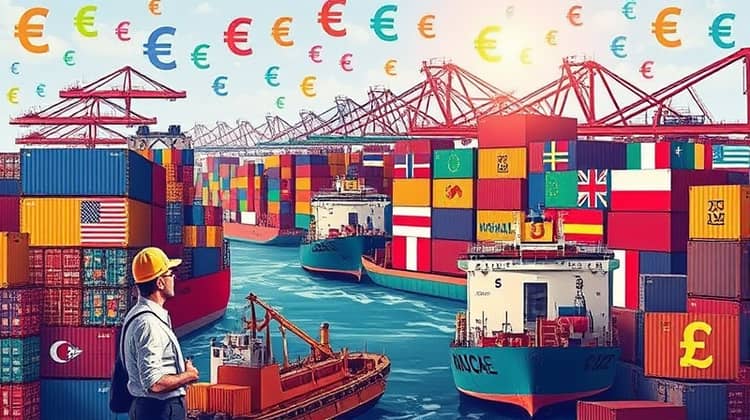
While currency wars and trade wars are distinct phenomena, they are often interconnected. Currency wars focus primarily on devaluing currency to alter trade dynamics, while trade wars involve tariffs and other trade barriers aimed at protecting domestic industries.
The two can overlap, as currency manipulation can serve as a tool within broader trade conflicts, leading to escalating tensions and economic repercussions.
Understanding the differences and intersections between these two strategies helps clarify the complexities of international economic relations.
Nations must consider not only the direct effects of their actions but also the potential for cascading consequences that can arise when currency valuation and trade policies conflict.
Conclusion

Currency wars represent a persistent strategy among nations seeking competitive advantage in an interconnected global economy.
Understanding the historical context and the motivations behind these actions provides a framework for comprehending modern occurrences in international finance. As nations continue to navigate complex global dynamics, the implications of currency wars can resonate far beyond national borders.
The consequences of currency manipulations are far-reaching, often manifesting in global market instability and heightened tensions among trading partners.
Policymakers must remain vigilant and cooperative in addressing the challenges posed by currency wars, ensuring that international trade remains equitable and sustainable.
In summary, currency wars exemplify the intricate interplay between economics and global politics, underscoring the importance of vigilant, informed stewardship in maintaining economic stability and fostering positive international relations.

